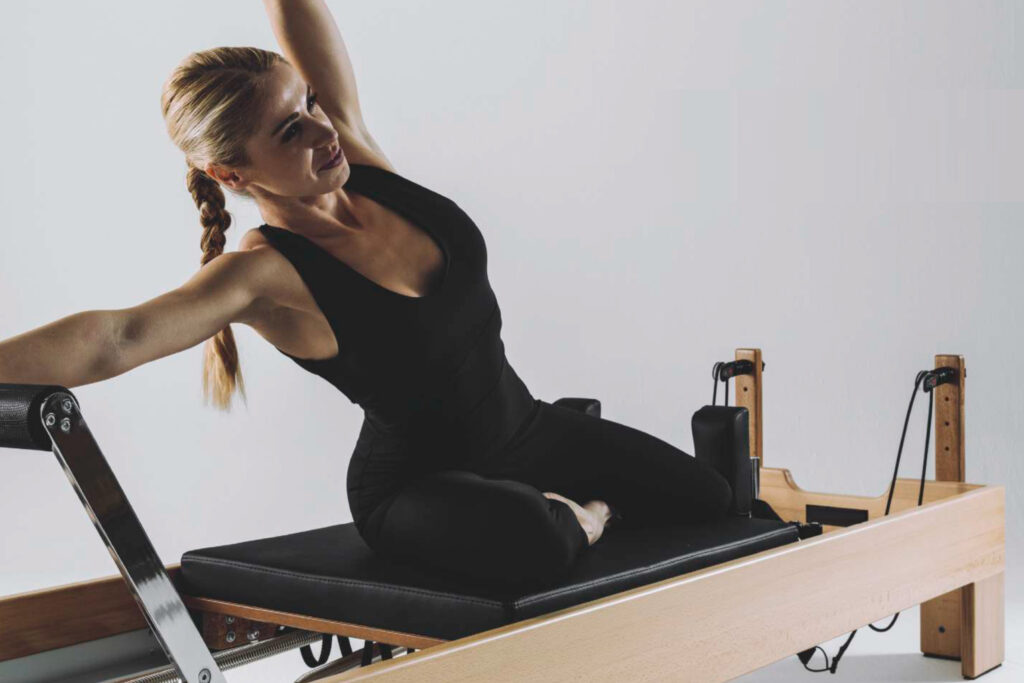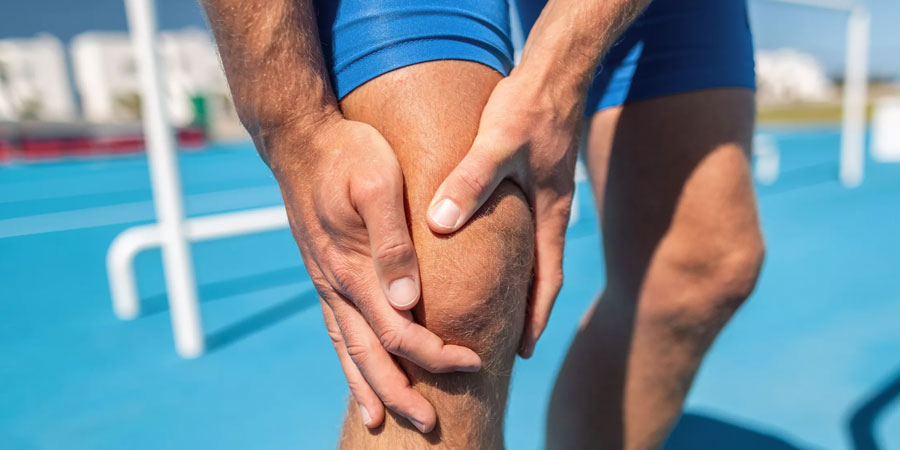Recovery is a crucial aspect of any training program, as it allows athletes to repair and rejuvenate their bodies, reduce the risk of injuries, and improve overall performance. Here are some key points to consider when it comes to athlete recovery:
Rest and Sleep: Adequate rest and quality sleep are fundamental for recovery. During sleep, the body undergoes essential processes such as tissue repair, hormone regulation, and memory consolidation. Athletes should aim for 7-9 hours of sleep each night to ensure optimal recovery.
Nutrition: Proper nutrition is vital for recovery. Athletes should focus on a balanced diet with a mix of macronutrients (carbohydrates, proteins, and fats) and micronutrients (vitamins and minerals). Consuming enough protein helps in muscle repair and growth, while carbohydrates replenish glycogen stores for energy.
Hydration: Staying hydrated is crucial for overall health and athletic performance. Water supports various physiological functions and helps flush out toxins from the body. Athletes should drink water consistently throughout the day and during training sessions.

Active Recovery: Engaging in light, low-impact activities on rest days can aid recovery. Pilates can be an excellent option for active recovery, as it helps improve flexibility, balance, and core strength without putting excessive stress on the body.
Mobility and Flexibility: Incorporate stretching and mobility exercises into the recovery routine. Pilates exercises often focus on improving flexibility and joint mobility, which can help athletes maintain their range of motion and prevent tight muscles.
Foam Rolling and Massage: Using foam rollers or getting regular massages can help release muscle tension and improve blood flow, promoting faster recovery and reducing the risk of injuries.
Mental Recovery: Recovery isn’t just physical; it’s also mental. Encourage athletes to practice relaxation techniques such as meditation or deep breathing to reduce stress and improve mental focus.
Recovery Days and Periodization: Build recovery days into training schedules and follow a periodized training plan. Periodization involves planned variations in training intensity and volume, allowing athletes to recover adequately and prevent burnout.
Injury Prevention: Recovery plays a significant role in injury prevention. Encourage athletes to listen to their bodies and seek professional help if they experience persistent pain or discomfort.
Avoid Overtraining: Overtraining can lead to fatigue, decreased performance, and an increased risk of injury. Encourage athletes to monitor their training loads and take rest days when needed.

Some examples of famous people who have credited Pilates as a beneficial part of their injury recovery process based on information available up to September 2021:
Tiger Woods: The professional golfer Tiger Woods reportedly used Pilates as part of his recovery from various back injuries. Pilates helped him improve core strength, flexibility, and overall body awareness, contributing to his rehabilitation and performance on the golf course.
Kate Middleton (Duchess of Cambridge): Following the birth of her third child, Prince Louis, the Duchess of Cambridge, reportedly used Pilates to aid her postnatal recovery. Pilates can be an effective way to regain core strength and improve posture after pregnancy.
Jennifer Aniston: The actress Jennifer Aniston has spoken about how she incorporates Pilates into her fitness routine to maintain her strength, flexibility, and recover from injuries sustained during her active lifestyle.
Kobe Bryant: The late basketball legend Kobe Bryant was known to use Pilates to help with his recovery from various injuries during his illustrious career. Pilates played a role in maintaining his physical conditioning and supporting his body through the demands of the sport.
Madonna: The iconic singer and performer Madonna is a longtime advocate of Pilates and has used it as part of her workout routine to recover from injuries and maintain her overall fitness. It’s important to note that the effectiveness of Pilates for injury recovery can vary depending on the individual, the specific injury, and how well Pilates is integrated into a comprehensive rehabilitation program. Pilates can be a valuable component of a well-rounded recovery plan, especially when tailored to the individual’s needs and guided by trained professionals such as physical therapists or Pilates instructors with experience in injury rehabilitation.
By Alison Parker








